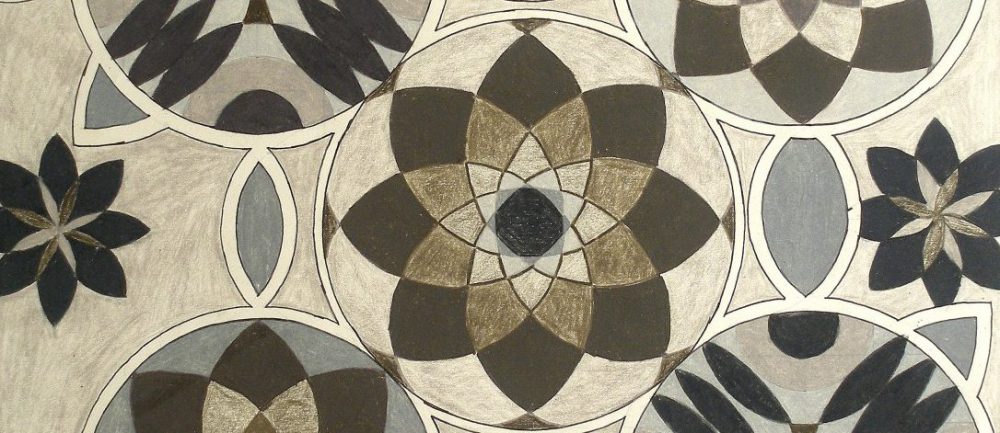DESIGN ELEMENTS: COLOR
COLOR ATTRIBUTES:
HUE- The individual color, eg. blue, red, yellow, green etc. Can be primary, secondary, or tertiary color on the spectrum.
VALUE- the degree of lightness or darkness in a color (hue) or the steps from white to black in an achromatic (no color) scale or palette. Tints, Tones and Shades.
CHROMA – Level of intensity, saturation, from high intensity to dull or brown/gray
DESIGN PRINCIPLES: GRADATION- slow incremental change between two elements (dark to light, color to color, big to small shape etc)
CONTRAST: large change in element – big/small, dark/light, long/short etc. In the case of COLOR, contrasts include Complimentary Colors, Warm/Cool, Value Contrasts etc.
PROJECT:
A painted composition composed of hand painted paper, striped bands only, wherein a complimentary set of colored MONOCHROME pages, including tints, tones, shades and tertiary colors, are cut up and collaged together to create complimentary vibrations and interaction.
- Choose a pair of complimentary colors (eg. Blue/Orange, Green/Red, or Purple/Yellow
- Two pages painted sketch paper – one full page of EACH COLOR, SEPARATELY DONE AS MONOCHROME PAGES, with roughly 1″-2″ bands across page- will be cut into strips later.
- Include full intensity color and neighboring two tertiary colors. (eg. Green, yellow-green and blue-green)
- include tints, tones and shades to create a full page
- Two pages painted sketch paper – one full page of EACH COLOR, SEPARATELY DONE AS MONOCHROME PAGES, with roughly 1″-2″ bands across page- will be cut into strips later.
- Cut all paper colors into strips
- Explore many options of integrating complimentary strips into design with understanding of value, hue and chroma shifts and relationships. You may use any width strip, cutting bands into smaller stripes and creating repetitions.
- when satisfied, glue pieces down.



